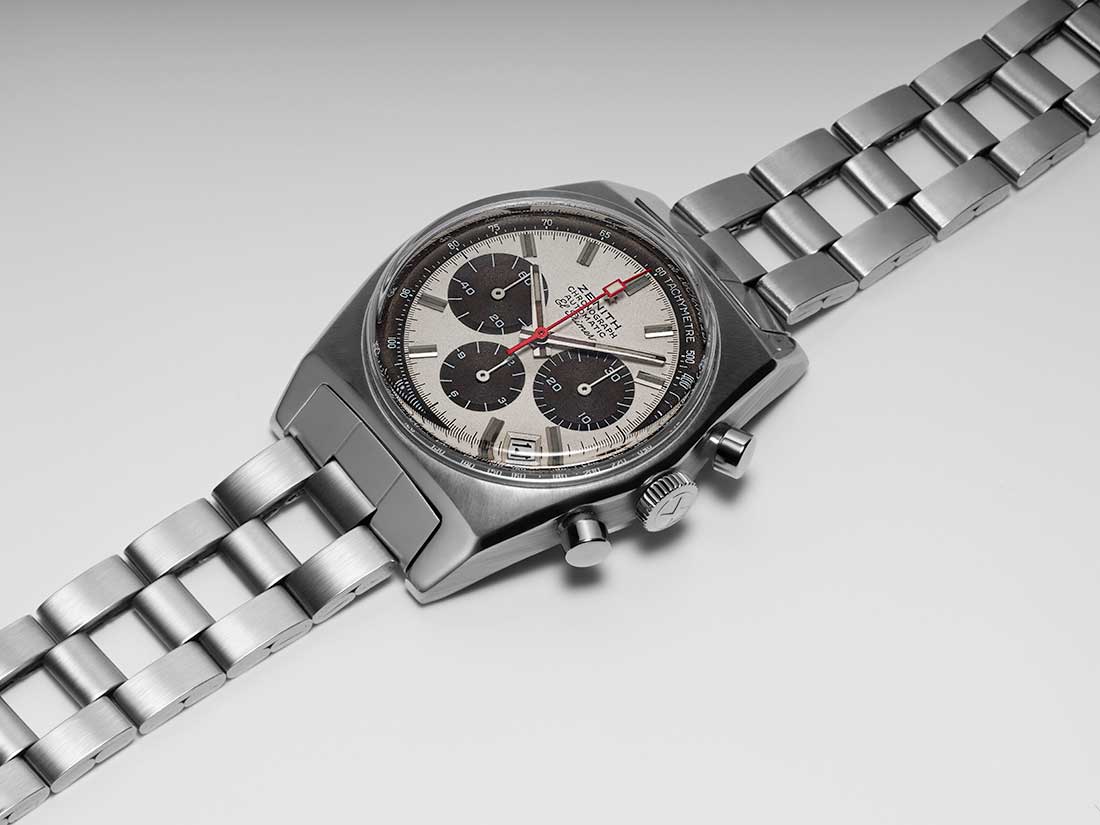
In the beginning of the 1960’s chronograph was commonly used by many known watch manufacturers however all of these watches were hand wound. No one had succeeded to combine self-winding automatic movement technology with chronograph complication. When the calendars showed 1962, the horological realm was shaken by the news of a well-known movement manufacturer’s project for automatic chronograph: Zenith’s. On the other hand, Zenith didn’t have a wide experience on chronographs and stopwatches. Additionally; since the development of a readily usable movement was a long and cumbersome process, it was clear in a short time that Zenith couldn’t make it to 1965, the announced launch date.
At exactly that point in time, one of the legends of the horological world: Jack Heuer approached to one of his biggest competitors: Willy Breitling, with an unimaginable offer. The two experts on chronographs and stopwatches were to join forces in creating the world’s first automatic chronograph! According to their deal, Heuer was to focus on the US market in which it is more dominant, and Breitling would focus on Continental Europe in where the brand is more successful. Under these conditions, with the joint forces of these two brands a project that is secretive as a NASA project started to be developed in which the engineers and watchmakers who work for it were forbidden to talk about the details of their job: Project 99. At the end of the 1968, the project bore its first fruits. The partnership had prepared their first perfect prototype: “Chronomatic”. However, they’ve decided to announce the news only with their suppliers to plan preparations and say nothing to the public until the end product was ready. The public announcement was prepared for the Basel Fair of 1969.

With the dawn of 1969, the checkered flag of the race, which is as exciting as Lauda-Hunt or Senna-Prost rivalries for watch lovers, was within reach for both parties. Zenith found out that the Project 99 had completed its development process and their rivals were ready for the manufacturing of the end product, decided to announce their prototype movement on the first month of the new year to the public, taking advantage of the decision of Heuer-Breitling to wait till Basel fair in spring. With a small press conference on January 10th, 1969, Zenith exhibited the prototype named “El Primero” (“The First” in Spanish) Even though the estimated on-shelf date for the watches with El Primero mechanism was the August of the same year, Zenith became the first manufacturer to announce the automatic chronograph. However, this seemingly cunning marketing trick was not enough to stop the Heuer-Breitling side since they were already in production phase. As an answer to Zenith’s prototype launch, on 3rd of March, the partners organized simultaneous events at International Hotel in Geneva and PanAm Building in New York with the participation of delegates from the Federation of the Swiss Watch Industry where they’ve exhibited dozens of end products with the new movements called “Chronomatic”.
The actual winner of the race is still a subject of debate depending on the point of views however the certain thing for all enthusiasts is that this race at the end of 60’s gave birth to two legendary movements which are still in production today; Calibres 11 and 12; world’s first automatic chronographs, which are still used in TAG Heuer Monaco collection, and El Primero; the first integrated high frequency chronograph in the world which is still the heart and soul of many Zenith watches.

